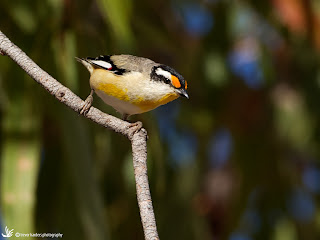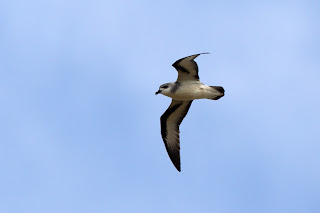During June we took a trip to Nth Queensland and one of our chosen locations to visit was the Mareeba Wetlands. The birding in this area we found to be excellent, particularly the savanna birds. There were a good number of wetland birds as well but not in the numbers and varieties as apparently are around later in the year (wetlands are normally closed during the summer months).
The birding experience was significantly enhanced by spending a morning with David “Chook” Crawford of Close-Up Birding Adventures (www.closeupbirding.com.au). Dave has intimate knowledge of the Mareeba Wetlands and birding in North Queensland in general. With his help I managed to get some decent photos especially of species specific to the area.
Some of the highlights:
Black-Throated Finch (Poephila cincta)
Rufous Whistler (Pachycephala rufiventris)
Striated Pardalote (Pardalotus striatus - race melancephalus)
Squatter Pigeon (Geophaps scripta - race peninsulae)
White-Throated Gerygone (Gerygone olivacea)
































